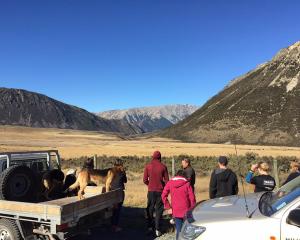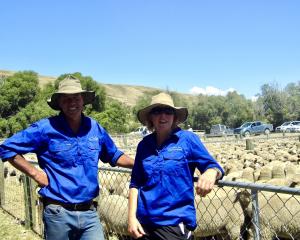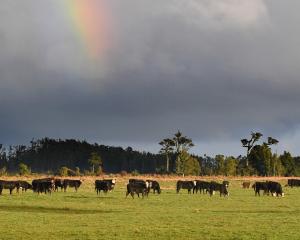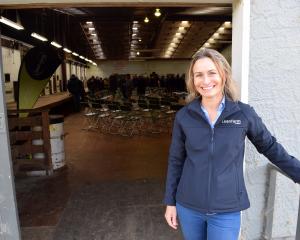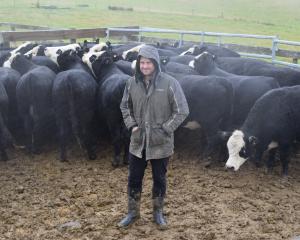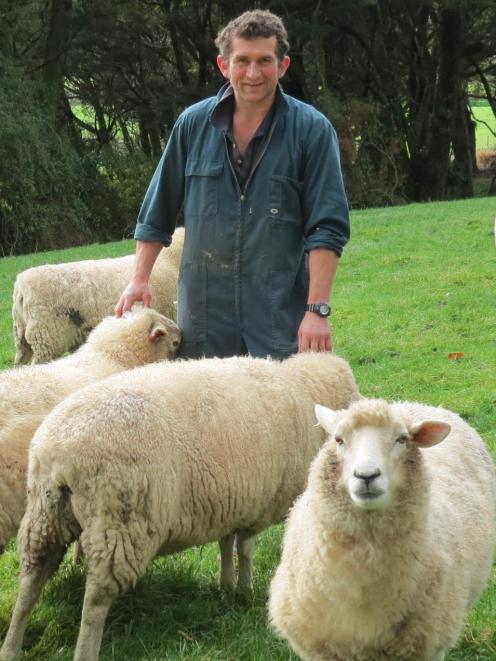
One of the Hogget 150 group, Geordie Eade, of Granity Downs, Pourakino Valley, said members reported hogget lambing ranging from 85% to 105%, although earlier scanning averages had been about 130% to 140%.
However, heavy snow at the crucial time meant the 10-member group’s goals for the final year of the trial could not be achieved.
"It was disappointing as it was set to be a cracker season and everything scanned well."
He and wife Frances who were last year’s supreme winners in the Southland Ballance Farm Environment Awards, run about 2020 ewes, plus 610 hoggets and 70 cattle on 260ha.
Their overall five-year lambing percentage average is about 160%.
"The group intends to carry on with the trial after it finishes in March, off our own bat," Mr Eade said.
The couple are also hosting a Ballance Farm Environment Awards field day on February 18, and the emphasis will be their operation’s viability and the measures they have in place to take care of their environment.
While speakers have yet to be confirmed, the day includes a tour of the property and a discussion about Ballance’s MitiGator programme.
They will also look at stock and flood management, riparian planting, sediment traps and their shelter belts as well as fencing, which utilises the natural shelter on the property.
"We will showcase what we have done and how we have looked after what we have."
They had carried out some major development in the last 40 years, with half the property cleared of bush in the 1970s and early 1980s.
Part of its attraction is the 30ha of native bush.
They operate predator control and have fenced about 80% of their native blocks.
About 80% of their waterways are also fenced, and this is an ongoing project.
They found they were playing host to various native species including lamprey in their streams, which they only discovered last year.


